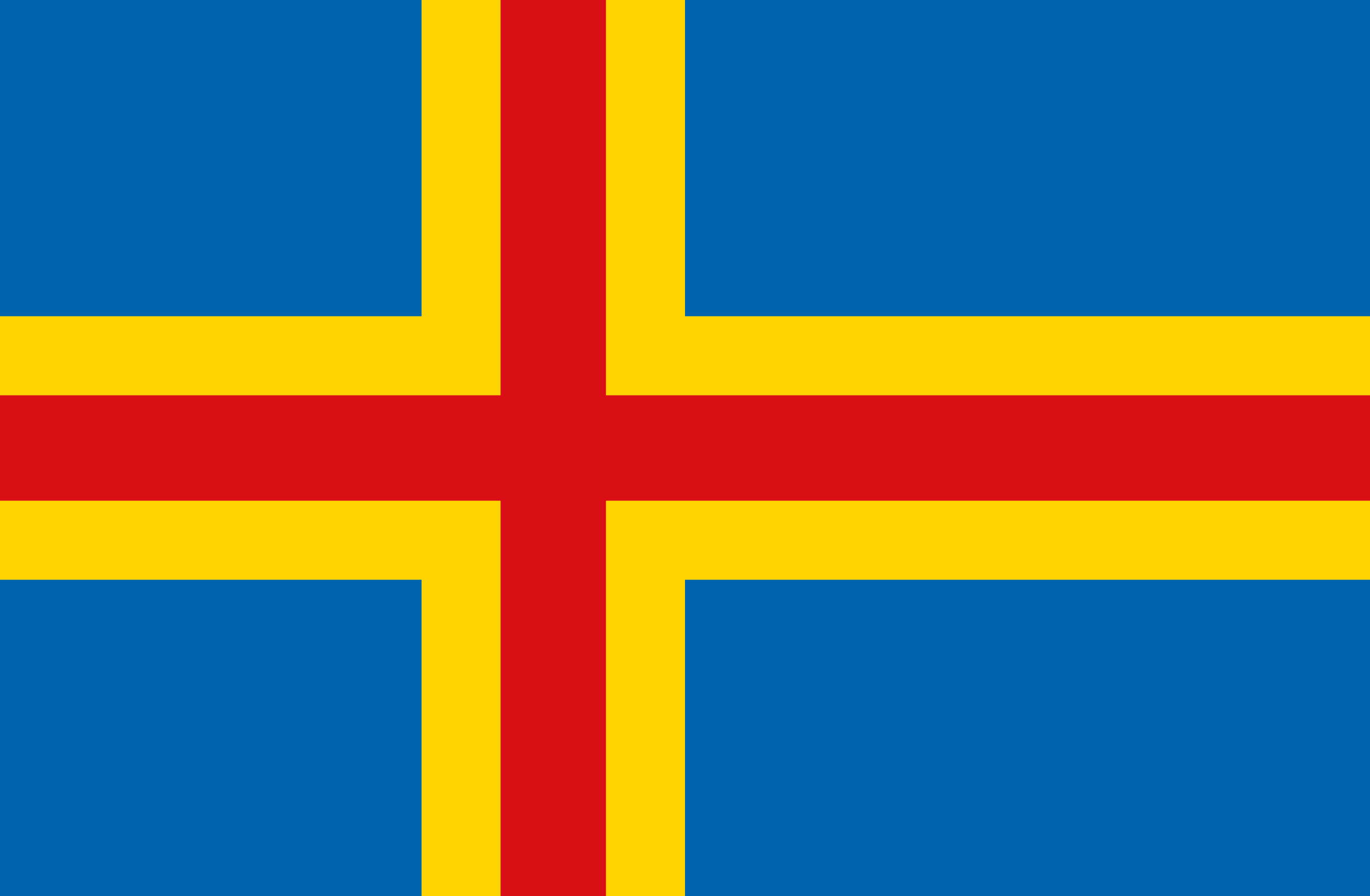Flags of Åland

The flag of Åland is a distinctive regional flag representing the Åland Islands, an autonomous and demilitarized territory of Finland. Here are some facts about the flag:
- Design: The flag of Åland features a blue field with a yellow Scandinavian cross extending to the edges of the flag. The vertical part of the cross is offset toward the hoist side.
- History: The flag was adopted as the official flag of Åland on April 3, 1954. It was designed by a local artist named Eeva-Liisa Manner.
- Symbolism: The flag’s design reflects the historical and cultural ties of Åland to the Scandinavian countries, particularly Sweden. The blue color represents the sea surrounding the islands, while the yellow cross symbolizes the Swedish heritage of the Åland people.
- Autonomy: Åland is an autonomous region of Finland with its own flag, government, and laws. The flag represents the unique status of Åland as a self-governing territory within the framework of Finnish sovereignty.
- Similarity to Other Flags: The flag of Åland bears some resemblance to the flag of Sweden, as both flags feature a blue field and a yellow Scandinavian cross. However, the Åland flag has a slightly different offset placement of the cross, setting it apart from the Swedish flag.
- Flag Day: The flag of Åland is celebrated on April 9th each year as “Åland’s Flag Day” or “Ålandsflaggans dag.” It is a day to honor the flag and its significance to the Åland Islands.
- Official Usage: The flag of Åland is widely used and displayed across the islands. It is flown on government buildings, at official ceremonies, and during various local events and festivals.
The flag of Åland represents the unique identity, autonomy, and cultural ties of the Åland Islands. It serves as a symbol of pride for the Åland people and is an important part of their regional heritage.